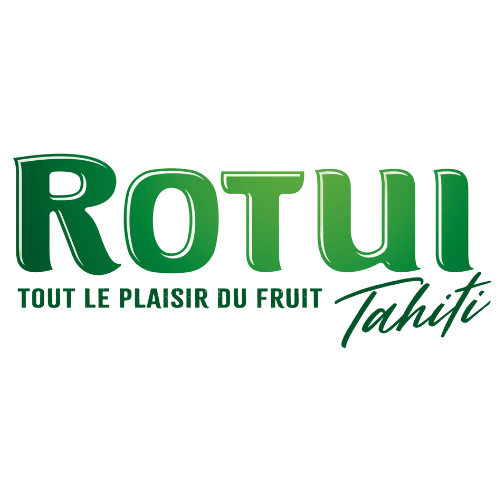
| Black Pearl | |
|
According to a legend, the Tahitian black pearls would be present given to men by the Tahitian god Oro, king of Heaven... The use of Pinctada margaritifera or black-lipped pearl oyster dates back to the 18th century and was probably one of the first noble materials used in Polynesia to create fishing tools (hooks), jewelry, or currency. Considered as the secret treasure of coral islands, the Black Pearl represented the imperial symbol for a long time. Indeed, in the 19th century in Polynesia, it was used to adorn the queen, hence its name «pearl of queens». |
This pearl is the result of a chance which comes from a grain of sand or from a coral dust that seeps in an oyster’s shell. The mollusk reacts to this foreign body by creating a pearl. Originally collected by successive dives, now black pearls are coming exclusively from pearl farms, born around 1960, traditional fishing techniques no longer meet the needs of grafters. The selected cultivation method is the insertion of a nucleus of nacre producing tissue in the pearl material to initiate the process of creating the pearl defense, including the magnificent reflections looking like the turquoise waters of the atolls. |
|
CULTIVATION The farming can be done in two types of structures, either fixed or floating (the most used) and lasts 2 years until the adult age for grafting to produce the pearls. Young nacres between 5 and 6cm long are placed in basketsfenced with wire until they reach 8cm long. They are then pierced and slipped on strings with 10 to 20 nacres until the grafting. At every steps of growth, they are checked and cleaned either in diving or at the surface. They are taken out of the water every |
USES Traditional uses The first Polynesian people knew how to grow the pearl and how to combine it with other materials to create jewelry and ornaments for social status and wealth. Cosmetic uses Crushed to powder and combined with oils, balms or creams to clean impurities, the Tahitian Black Pearl, rich in organic minerals, revitalizes the skin, makes it light and bright, and reduces the micro-wrinkles. |







